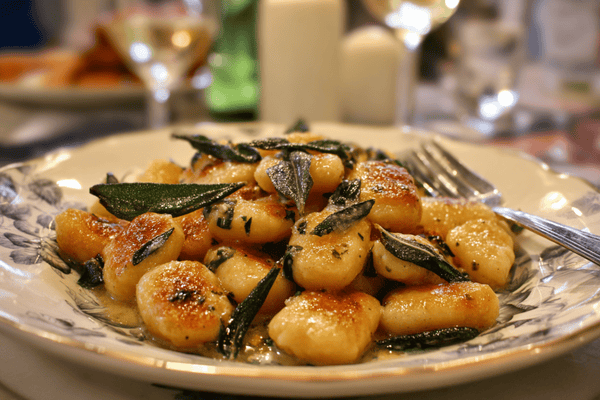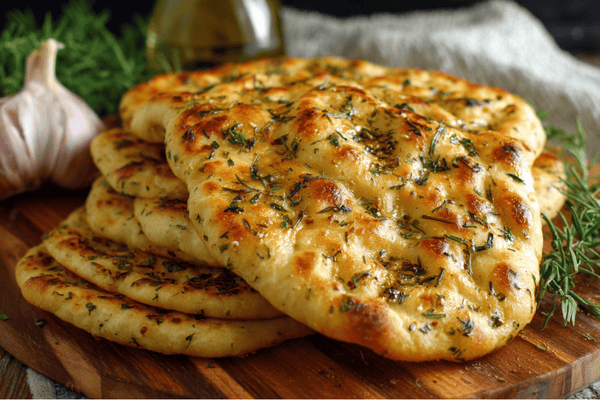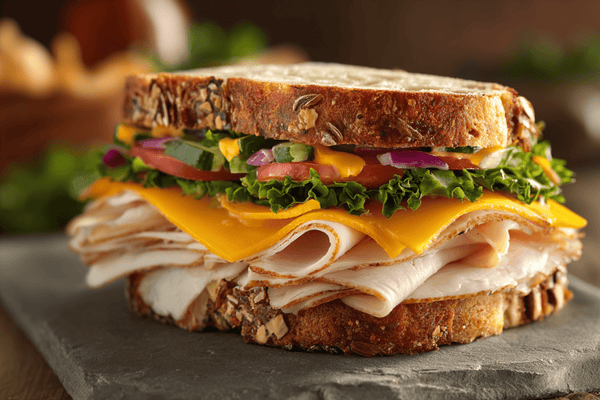
Spaghetti is one of the most popular and versatile types of pasta out there. It's a staple in many households and can be enjoyed in various ways, from classic spaghetti bolognese to carbonara, arrabbiata, and more. However, to cook the perfect plate of spaghetti, you need to know how long to cook it.
Cooking spaghetti may seem simple, but it's more complex than you might think. There are several factors to consider, such as the type of spaghetti, the amount you're cooking, and the level of doneness you prefer. In this guide, we'll provide you with all the information you need to cook the perfect plate of spaghetti.
Table of content
Factors Affecting Cooking Time
The following are some factors that can affect how long it takes to cook spaghetti:
Type of Spaghetti
Many different types of spaghetti are available, each with its unique characteristics. Here are some of the most common types of spaghetti:
- Thin spaghetti: Also known as spaghettini, this type of spaghetti is thinner than regular spaghetti and tends to be used in dishes with lighter sauces.
- Thick spaghetti: Also known as spaghettoni, this type of spaghetti is thicker than regular spaghetti and is often used in dishes with heavier sauces.
- Whole-wheat spaghetti: This is made from whole-wheat flour and has a nuttier flavor than regular spaghetti. It's also higher in fiber and nutrients.
- Gluten-free spaghetti: This type of spaghetti is made without wheat or gluten and is a good option for people with gluten sensitivities or celiac disease.
- Squid ink spaghetti: This is made with squid ink, which gives it a distinctive black color and a slightly salty flavor. It is often used in seafood dishes.
- Spinach spaghetti: This type of spaghetti is made with spinach, which gives it a green color and a slightly earthy flavor. It is often used in vegetarian dishes.
- Egg spaghetti: This type of spaghetti is made with eggs and has a slightly richer flavor and firmer texture than regular spaghetti. It is often used in pasta dishes with creamy sauces.
- Rice spaghetti: This type of spaghetti is made from rice flour and is a good option for people with gluten sensitivities or celiac disease. It has a slightly chewy texture and is often used in Asian dishes.
Amount of Spaghetti
The amount of spaghetti you're cooking can also affect the cooking time. Generally, the more spaghetti you cook, the longer it will take.
Level of Doneness
The level of doneness you prefer can also affect the cooking time. Some people prefer their spaghetti al dente, while others prefer it well done.
How Long to Cook Spaghetti
The following are some general guidelines for cooking spaghetti:
Thin Spaghetti
- Al Dente: 5-6 minutes
- Well Done: 7-8 minutes
Thick Spaghetti
- Al Dente: 8-10 minutes
- Well Done: 11-12 minutes
Whole-Wheat Spaghetti
- Al Dente: 10-11 minutes
- Well Done: 12-13 minutes
Gluten-Free Spaghetti
- Al Dente: 6-7 minutes
- Well Done: 8-9 minutes
Tips for Cooking Perfect Spaghetti
The following are some tips to help you cook perfect spaghetti:
Use Plenty of Water
When cooking spaghetti, it's important to use plenty of water. Use at least 4 quarts of water for every pound of spaghetti.
Add Salt to the Water
Adding salt to the water can enhance the flavor of the spaghetti. Use about 1-2 tablespoons of salt for every 4 quarts of water.
Stir the Spaghetti
Stir the spaghetti occasionally to prevent it from sticking together.
Test for Doneness
To test for doneness, take a strand of spaghetti out of the pot and bite into it. If it's still too hard, cook it for another minute or two.
Recipe Suggestions
Spaghetti is a versatile pasta that can be used in various dishes. Here are just a few examples of the many different recipes you can make with spaghetti:
- Spaghetti Bolognese: This classic Italian dish features a meaty tomato sauce served over spaghetti. To make it, cook spaghetti until al dente, toss it with a sauce made from ground beef, tomatoes, onions, garlic, and herbs.
- Spaghetti Carbonara: This simple pasta dish features a creamy sauce made from eggs, Parmesan cheese, and pancetta. To make it, cook spaghetti until al dente, toss with the sauce and top with additional Parmesan cheese and black pepper.
- Spaghetti Aglio e Olio: This quick and easy dish features a simple sauce made from garlic, olive oil, and red pepper flakes. To make it, cook spaghetti until al dente, toss with the sauce and top with grated Parmesan cheese.
- Spaghetti with Meatballs: This classic dish features homemade meatballs served over spaghetti with tomato sauce. To make it, cook spaghetti until al dente, then toss with a tomato sauce made from canned tomatoes, onions, garlic, and herbs, and serve with homemade meatballs.
- Spaghetti with Clams: This simple yet elegant dish features spaghetti tossed with fresh clams, garlic, white wine, and butter. To make it, cook spaghetti until al dente, then toss with a sauce made from clams, garlic, white wine, and butter.
- Spaghetti with Pesto: This flavorful pasta dish features a bright green pesto sauce made from fresh basil, pine nuts, garlic, and Parmesan cheese. To make it, cook spaghetti until al dente, toss with the pesto sauce and top with additional Parmesan cheese.
- Spaghetti with Shrimp Scampi: This seafood dish features spaghetti tossed with a sauce made from shrimp, garlic, white wine, and butter. To make it, cook spaghetti until al dente, then toss with a sauce made from shrimp, garlic, white wine, and butter.
However, try experimenting with various sauces, meats, and vegetables to create your own unique dishes.
FAQ
Q: Can I cook spaghetti in the microwave?
A: While cooking spaghetti in the microwave is possible, it is not recommended as it may not cook evenly and can become mushy. It's best to stick to cooking spaghetti on the stovetop.
Q: How do I prevent spaghetti from sticking together?
A: To prevent spaghetti from sticking together, use plenty of water, stir the spaghetti occasionally, and add a tablespoon of olive oil to the water.
Q: Should I rinse the spaghetti after cooking?
A: It's not recommended to rinse the spaghetti after cooking, as it can remove the starch that helps the sauce stick to the spaghetti.
Q: How do I know how much spaghetti to cook?
A: A general rule of thumb is to use about 2 ounces of dry spaghetti per person. If you're cooking for a family, use about 8 ounces of spaghetti for every four people.
Conclusion
Cooking spaghetti may seem simple, but there are many factors to consider to ensure that it's cooked perfectly. By following the guidelines and tips provided in this guide, you'll be able to cook the perfect plate of spaghetti every time. Use plenty of water, add salt, stir the spaghetti occasionally, and test for doneness. With a little practice, you'll be able to cook spaghetti like a pro. Enjoy!


